
MechanicsQuestion and Answers: Page 10
Question Number 127997 Answers: 1 Comments: 1
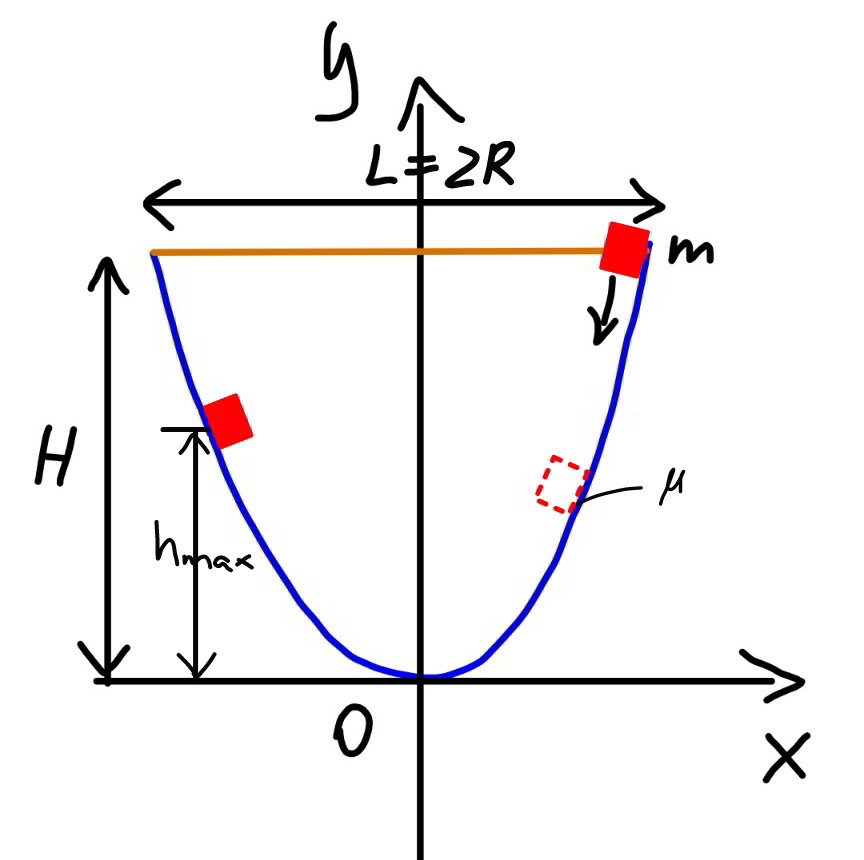
Question Number 127811 Answers: 1 Comments: 1

Question Number 126773 Answers: 1 Comments: 0
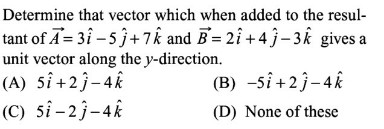
Question Number 126603 Answers: 1 Comments: 0
Question Number 126616 Answers: 0 Comments: 0
Question Number 124852 Answers: 0 Comments: 0
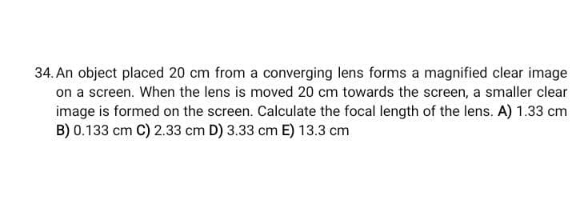
Question Number 124748 Answers: 0 Comments: 0

Question Number 124494 Answers: 0 Comments: 1

Question Number 124156 Answers: 0 Comments: 1

Question Number 123616 Answers: 1 Comments: 0

Question Number 123399 Answers: 0 Comments: 0
Question Number 121123 Answers: 1 Comments: 0
Question Number 120238 Answers: 0 Comments: 0

Question Number 120237 Answers: 0 Comments: 1

Question Number 119922 Answers: 0 Comments: 0

Question Number 119661 Answers: 0 Comments: 2
Question Number 118935 Answers: 0 Comments: 0

Question Number 116355 Answers: 0 Comments: 0
Question Number 116338 Answers: 0 Comments: 1

Question Number 121180 Answers: 1 Comments: 1

Question Number 114850 Answers: 2 Comments: 1
Question Number 114512 Answers: 1 Comments: 4
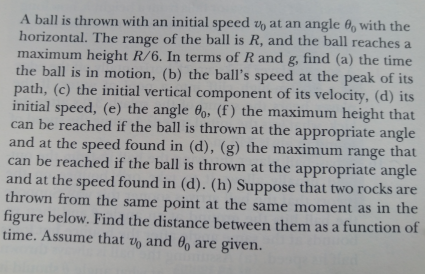
Question Number 114353 Answers: 1 Comments: 1

Question Number 114163 Answers: 0 Comments: 0

Question Number 114158 Answers: 2 Comments: 0
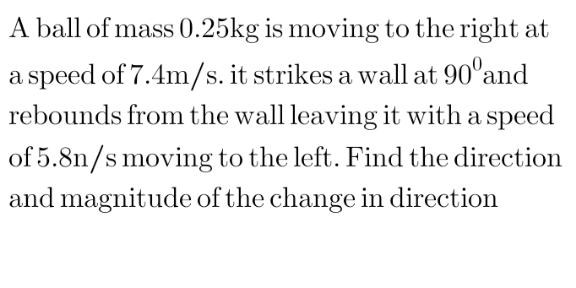
Question Number 114114 Answers: 1 Comments: 1
